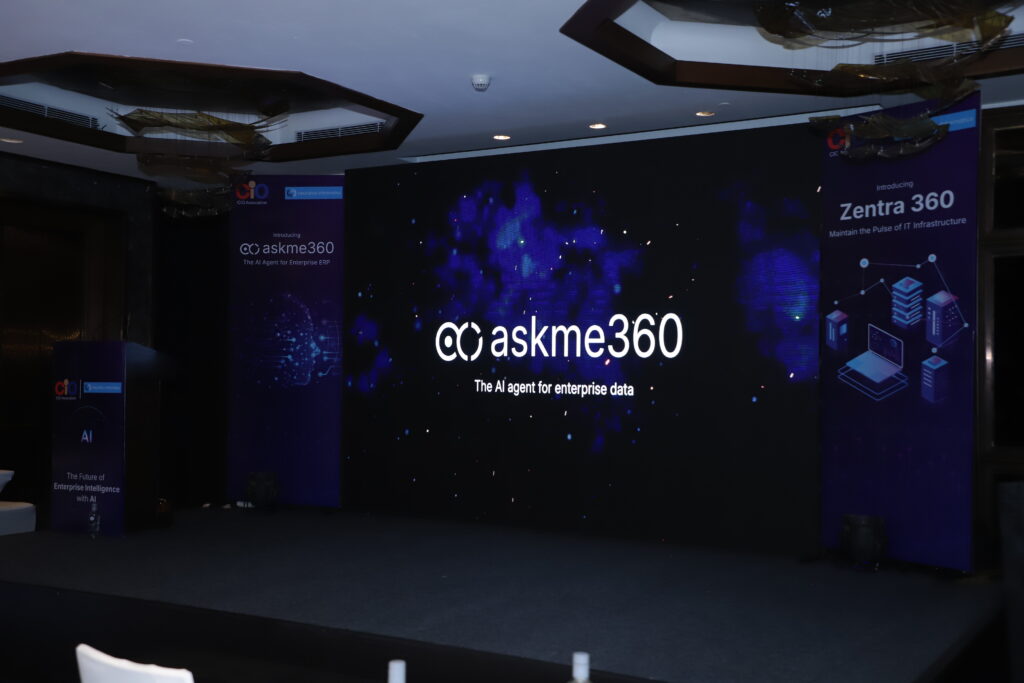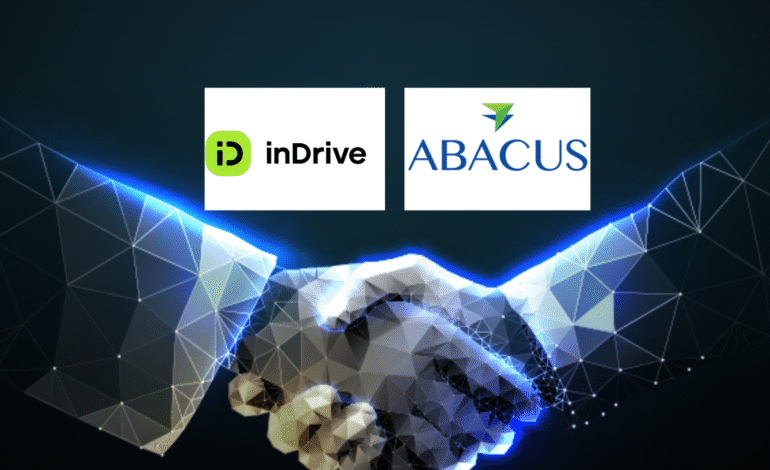
By Alka Goel, Jt. Managing Director, Heuristics Informatics Pvt Ltd.
Let’s take a moment and be honest with each other, building real relationships with customers isn’t just important: It’s everything in every possible way! But it’s tough to keep up with fulfilling every single customer wants.
That’s where artificial intelligence (AI) comes in. AI has the amazing superpower to shift through tons of data, figure out what makes customers tick and help create experiences that feel tailor-made just for them. The best part? It goes beyond just making customers happy. Using AI in customer experience also helps build loyalty and drive business growth.
AI isn’t just about crunching numbers. It’s also a tool for uncovering meaningful insights about customers’ preferences and behaviors. The real power comes from knowing how to use those insights. For the first time, you don’t need to wait for static dashboards or quarterly insights to tell you what’s happening. You can see customer needs as they emerge, spot risks before they escalate, and act in real time. That is the most profound transformation in customer experience we have witnessed in decades.
From static dashboards to living insights
By tradition, analytics meant waiting for quarterly reports or static dashboards to tell us what had already happened. That model is outdated already. Today, AI-powered analytics gives us real-time visibility into customer needs, emerging risks, and operational bottlenecks—before they escalate.
Take customer churn. Earlier, we’d analyze it post-mortem. Now, predictive models flag at-risk customers, identify root causes, and recommend interventions—before the customer walks away. That’s a seismic shift in how we manage relationships. And it’s not just about churn. Sales leaders can instantly identify accounts needing attention. Procurement heads can pinpoint supply chain delays. Finance teams can ask natural-language questions like, “Show me inflows and outflows for the last six months,” and get instant, actionable answers.
Democratizing Data Across Enterprise
people. We have seen employees light up when they get access to insights that were once locked away in complex BI tools or executive dashboards. Suddenly, they can do their jobs with confidence. A customer service agent can know, even before a call begins, why a client is frustrated. Store managers can proactively reach out to loyal customers who haven’t returned. Project teams can spot delivery risks early. AI provides intelligence; people bring empathy. Together, they build trust—the true currency of customer experience.
AI Can’t replace people – It elevates them!
There is a misconception that AI can replace people. Deloitte’s research shows that personalized experiences can boost both satisfaction and revenue by 10–20%. When employees feel empowered to personalize, customers feel genuinely valued.
Industry Use Cases: From Retail to Healthcare
Across industries, AI is driving measurable impact:
- Retail: Personalized recommendations increase revenues by up to 15% while reducing marketing waste.
- Banking: Real-time fraud detection and tailored financial offers are enhancing trust and engagement.
- Healthcare: Predictive analytics help providers anticipate patient needs, improving outcomes.
- Hospitality: Hotels are customizing guest experiences even before check-in, turning routine stays into memorable ones.
Even in manufacturing and government, business users are asking enterprise systems questions like, “Where is my cash flow slowing down?” and getting instant answers. These insights don’t just improve operations—they help us keep promises to customers.

Evolving the leadership
To harness AI, leadership mindsets must shift and evolve on day-to-day basis. Dashboards are no longer enough. We need real-time insights that one can interact with, not just review. And those insights shouldn’t stay locked in the boardroom; they should flow to every frontline employee shaping customer journey.
Trust is also non-negotiable. Cisco reports that over 90% of customers won’t buy from companies they don’t trust with data. That means privacy, governance, and security must sit at the core of every AI adoption. And let’s not overlook employee experience. Customer experience is only as strong as worker experience. In India, companies that invested in digital tools and upskilling for frontline staff saw customer ratings improve by as much as 40 percent in Tier 2 and Tier 3 cities. When employees feel empowered, customers feel it too.
The Road ahead…
So, what’s next? We’re heading into an era of hyper-personalization, where every customer feels uniquely seen. Voice-enabled analytics will let you “talk” to your data as naturally as you talk to a colleague. Scenario simulations will let you test strategies before rolling them out.
By 2027, Gartner predicts that 60% of large enterprises will rely on AI-driven analytics to automate major parts of customer experience. This isn’t a trend—it’s the new baseline.
The future of customer experience will belong to organizations that see data not as static data but as living relationships. Every interaction you have with a customer is a chance to build trust, loyalty, and delight. With AI-powered analytics, you can make those interactions smarter, faster, and more human.
Because in the end, your customers won’t remember the dashboards you built. They’ll remember how you made them feel. And with AI, we have the intelligence to ensure they feel valued—every single time.



